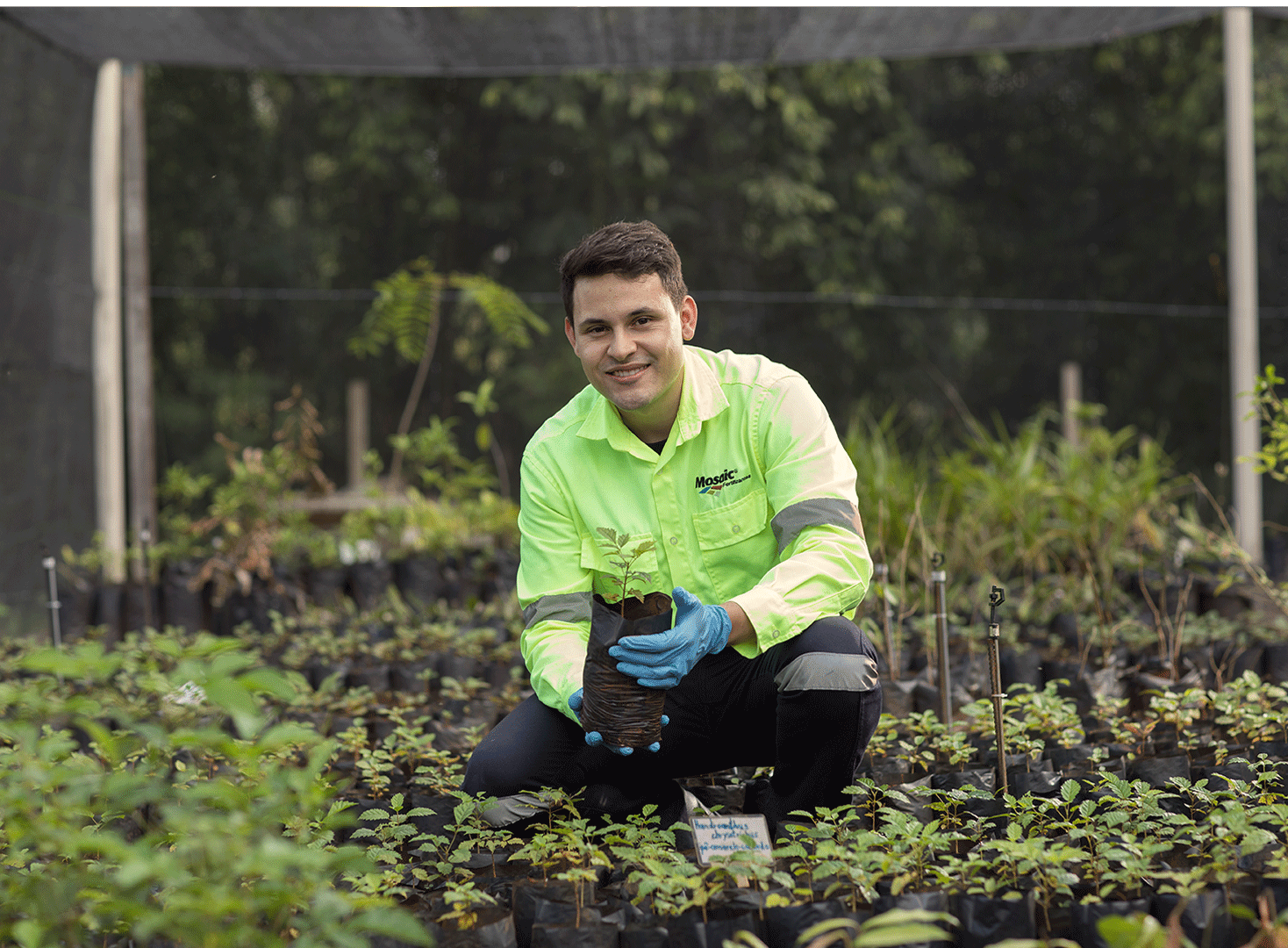 Air |
Reducing Energy Use and Emissions is Part of Our StrategyBY ADAPTING TO THE POTENTIAL THREATS OF CLIMATE CHANGE, WE CAN HAVE AN IMPACTFertilizer mining and production are energy- and emissions-intensive activities. We use energy and generate direct and indirect greenhouse gas emissions in the mining, production, distribution and use of our phosphate and potash crop nutrient products. Since our company’s formation in 2004, we have invested in initiatives aimed at reducing energy use and emissions—efforts that have resulted in improvements in environmental performance and operating cost savings. By improving the efficiency of our operations and promoting sustainable agricultural practices, we are adapting to the potential threats of climate change and reducing the environmental impact of fertilizers on the global food supply. Our approach to managing energy and greenhouse gas emissions includes:
|
|
Energy ConsumptionWhy it's an issueWe consume large quantities of direct and indirect energy in our production processes. Not only is energy management good for the environment and society, but it contributes to improved air quality and helps reduce our operating costs and improves efficiency. What we're doing about itEnergy use is one component of our greenhouse gas (GHG) emissions reduction strategy. We are investing in efficiencies, driving behavioral changes and expanding the use of renewables, while optimizing our production and internal use of cogenerated electricity. GHGs and Air EmissionsWhy it's an issueGHGs and air quality are among the most important issues for Mosaic’s stakeholders. We share air with our neighbors, so it is important that we minimize emissions associated with our operating activities. GHGs contribute to climate change, which causes risks and uncertainty for society. What we're doing about itWe comply with regulations at our facilities and keep an open dialogue with stakeholders if concerns arise. We have initiatives in place to reduce air emissions, such as particulate matter (PM), nitrogen oxides (NOx) and sulphur dioxide (SO2). We also have companywide and facility-level targets to reduce our GHG emissions. |
|
 |
|

Our 2025 ESG Performance Targets
Our sustainability journey continues, and our 2025 targets are representative of where we're headed over the next several years. These targets will guide our efforts as we hold ourselves accountable to measurable progress. We're proud to be a responsible company and a global industry leader in this space. |


